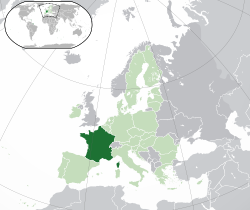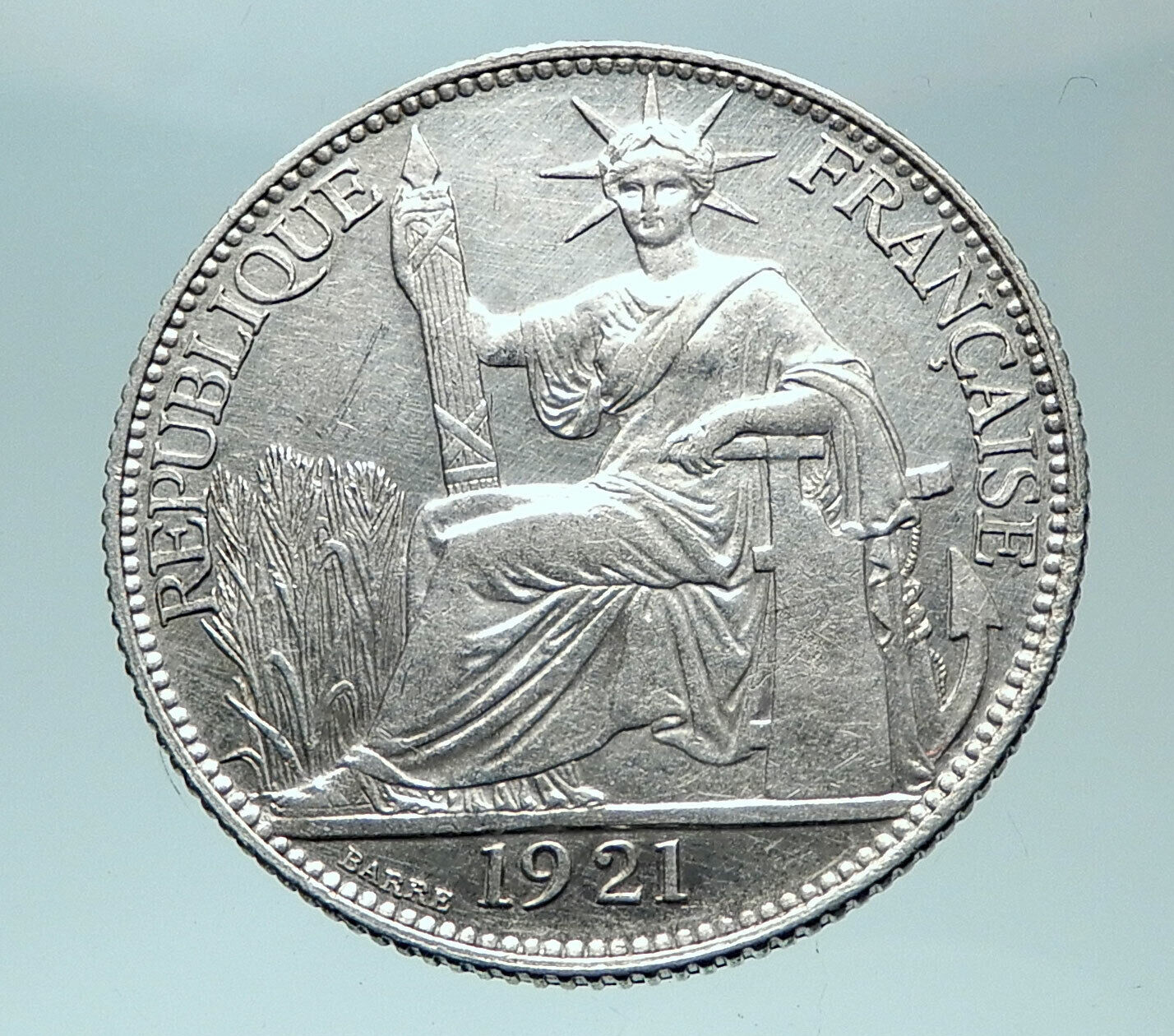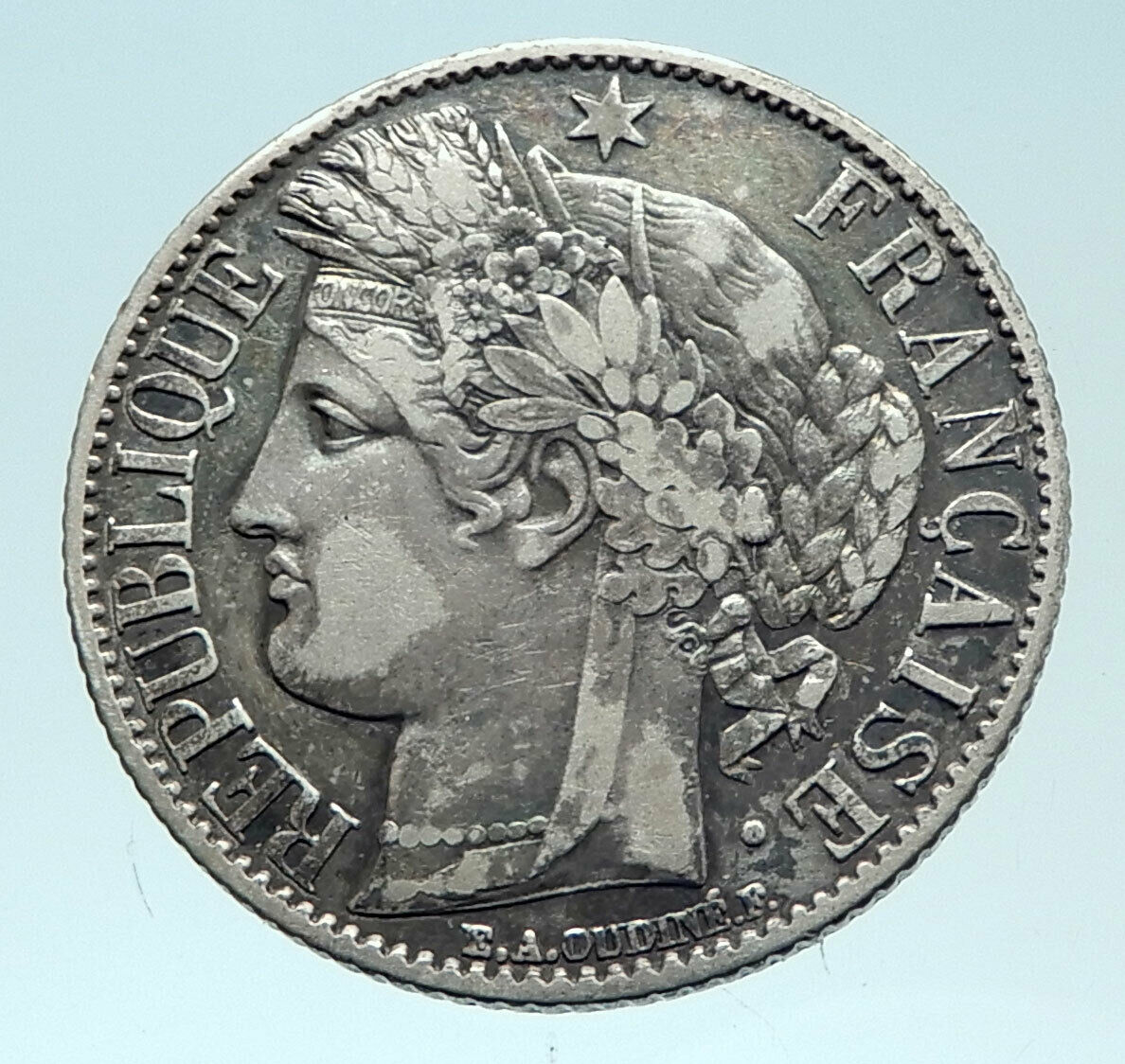|
France – Provincial. Lorraine (Duchy)
Charles IV – Duke of Lorraine: 1 December 1625 – 19 January 1634
1627 Silver Teston 29mm (8.89 grams)
Reference: Bd# 1557, Saulcy# XXVI, 4, KM# 45 (1626-32)
CAROLVS·D:G·DVX·LOTH·MARCH·D:C·B·G, Bareheaded bust of the duke facing right.
MONETA·NOVA·NANCEII·CVSA 16, Crowned nine-fold arms of Lorraine. Date above crown.
You are bidding on the exact item pictured, provided with a Certificate of Authenticity and Lifetime Guarantee of Authenticity.
 Charles IV (5 April 1604, Nancy – 18 September 1675, Allenbach) was Duke of Lorraine from 1624 until his death in 1675, with a brief interruption in 1634, when he abdicated under French pressure in favor of his younger brother, Nicholas Francis. Charles IV (5 April 1604, Nancy – 18 September 1675, Allenbach) was Duke of Lorraine from 1624 until his death in 1675, with a brief interruption in 1634, when he abdicated under French pressure in favor of his younger brother, Nicholas Francis.
He came to lose his duchy because of his notionally anti-French policy; in 1633, French troops invaded Lorraine in retaliation for Charles’s support of Gaston d’Orléans—who repeatedly plotted against Richelieu’s governance of France under the childless Louis XIII and treated dangerously with its enemies as a young heir presumptive—and Richelieu’s policies were always anti-Habsburg so as to increase the strength and prestige of France at the expense of the two dynasties. Gaston d’Orléans, frequently sided with either branch of the Habsburg family against Richelieu, who was de facto ruler of France as its Chief Minister, and had to flee several times to avoid charges and trial for treason. His allies and confederates generally bore the price of these escapades by the young and impetuous heir and Charles IV was one such. On one visit to the ducal court at Nancy, the widowed Gaston fell in love with Charles’s 15-year-old sister and married her secretly, which so infuriated the king that he convened the clergy of France and the Parlement of Paris to void the marriage, giving consent only on his death bed.
In that circumstance and sense, Charles was a casualty of the fierce factional infighting in the French court between the King’s brother Gaston d’Orléans, and Cardinal Richelieu, even though technically, Lorraine was subject to the Holy Roman Empire and the Emperor Ferdinand II of Austria. Forced to make humiliating concessions to France, he abdicated under the French pressure and invasion in 1634 in favor of his brother, Nicholas Francis, and entered the imperial service in the Thirty Years’ War and was victorious at the Battle of Nördlingen. Shortly thereafter, Nicholas Francis too fled into exile and abdicated his claims, which were now taken up once again by Charles, who remained Duke of Lorraine in exile for the next quarter century.
In 1651 Charles IV was approached by an Irish delegation who were seeking his support to defend Ireland from the invasion of the Parliamentarian army of England. Traditional accounts of the Cromwellian wars often dismiss the appeal to Lorraine as an act of desperation, but recently one historian has argued that the stateless Duke was in fact seriously interested in becoming the Protector of Ireland. In the summer of 1652, a number of ships sent by Charles arrived at Inishbofin island with supplies, one of the last strongholds of the Irish. Unfortunately Charles faced great opposition by the Irish Leaders Clanricarde and Ormonde, both of whom were arch-royalists loyal to Charles II of England. Lorraine eventually concluded that Ireland had been destroyed by the jealousy of those who desired the loss of it, than they should be obliged for its recovery to the protection of his said Highness.
In 1661, the French withdrew from Lorraine, and Charles was able to return to the Duchy for the first time. In 1670, the duchy was again occupied by the French under King Louis XIV. Charles served in the Imperial armies in both the Thirty Years’ War and the Franco-Dutch War (1672–1678), both of which secured French dominance on the Continent.
In 1675 he defeated François de Créquy at Konzer Brucke, and died the same year in Austrian service.
The duchy was not restored to his family until more than twenty years later.
He is sometimes numbered as Charles III of Lorraine.
Charles married first Nicolette of Lorraine, whom he deposed and replaced as monarch of Lorraine in 1625. They had no children and Charles abandoned her.
On 2 April 1637, he married Béatrice de Cusance, Princess de Cantecroix (1614–1663), daughter and heiress of Claude-François de Cusance, Baron de Belvoir, (1590–1633) and of Ernestine de Witthem, Countess van Walhain, who had become the widow of Eugene Perrenot de Granvelle dit d’Oiselet, Prince de Cantecroix, earlier that year; and had three children;
- Francis de Lorraine (1637–1638);
- Anne de Lorraine (1639–1720), married her cousin François Marie de Lorraine (1624–1694), Prince de Lillebonne in 1660, had issue;
- Charles Henri de Lorraine (1649–1723), Prince of Vaudémont and of Commercy.
His marriage to Béatrice de Cusance was not deemed valid by the Roman Catholic church, which had not authorised his divorce from Nicole. The couple separated in April 1642 following his excommunication, which was the consequence of his second marriage; it was also the month in which she bore a son whom Charles recognised. More than 20 years later, on 20 May 1663, Charles married Béatrice de Cusance a second time, to allow legitimation of their children. She died two weeks after this second marriage.
Charles married a fourth time at the age of 61. The bride was Marie Louise d’Aspremont (1652–1692), the 18-year-old daughter of Charles d’Aspremont-Lynden, Count of Rekem, and of Marie Françoise de Mailly. They had no children and in 1679, a widow, she married Count Heinrich Franz von Mansfeld, Prince di Fondi, by whom she had two daughters.
The Duchy of Lorraine, originally Upper Lorraine, was a duchy now included in the larger present-day region of Lorraine in northeastern France. Its capital was Nancy.
It was founded in 959 following the division of Lotharingia into two separate duchies: Upper and Lower Lorraine, the westernmost parts of the Holy Roman Empire. The Lower duchy was quickly dismantled, while Upper Lorraine came to be known as simply the Duchy of Lorraine. The Duchy of Lorraine was coveted and briefly occupied by the Dukes of Burgundy and the Kings of France.
In 1737, the Duchy was given to Stanisław Leszczyński, the former king of Poland, who had lost his throne as a result of the War of the Polish Succession, with the understanding that it would fall to the French crown on his death. When Stanisław died on 23 February 1766, Lorraine was annexed by France and reorganized as a province.
  France, officially the French Republic (French: République française), is a sovereign state comprising territory in western Europe and several overseas regions and territories. The European part of France, called Metropolitan France, extends from the Mediterranean Sea to the English Channel and the North Sea, and from the Rhine to the Atlantic Ocean. France spans 640,679 square kilometres (247,368 sq mi) and has a total population of 67 million. It is a unitary semi-presidential republic with the capital in Paris, the country’s largest city and main cultural and commercial centre. The Constitution of France establishes the state as secular and democratic, with its sovereignty derived from the people. France, officially the French Republic (French: République française), is a sovereign state comprising territory in western Europe and several overseas regions and territories. The European part of France, called Metropolitan France, extends from the Mediterranean Sea to the English Channel and the North Sea, and from the Rhine to the Atlantic Ocean. France spans 640,679 square kilometres (247,368 sq mi) and has a total population of 67 million. It is a unitary semi-presidential republic with the capital in Paris, the country’s largest city and main cultural and commercial centre. The Constitution of France establishes the state as secular and democratic, with its sovereignty derived from the people.

During the Iron Age, what is now Metropolitan France was inhabited by the Gauls, a Celtic people. The Gauls were conquered in 51 BC by the Roman Empire, which held Gaul until 486. The Gallo-Romans faced raids and migration from the Germanic Franks, who dominated the region for hundreds of years, eventually creating the medieval Kingdom of France. France emerged as a major European power in the Late Middle Ages, with its victory in the Hundred Years’ War (1337 to 1453) strengthening French state-building and paving the way for a future centralized absolute monarchy. During the Renaissance, France experienced a vast cultural development and established the beginning of a global colonial empire. The 16th century was dominated by religious civil wars between Catholics and Protestants (Huguenots).
France became Europe’s dominant cultural, political, and military power under Louis XIV. French philosophers played a key role in the Age of Enlightenment during the 18th century. In 1778, France became the first and the main ally of the new United States in the American Revolutionary War. In the late 18th century, the absolute monarchy was overthrown in the French Revolution. Among its legacies was the Declaration of the Rights of Man and of the Citizen, one of the earliest documents on human rights, which expresses the nation’s ideals to this day. France became one of modern history’s earliest republics until Napoleon took power and launched the First French Empire in 1804. Fighting against a complex set of coalitions during the Napoleonic Wars, he dominated European affairs for over a decade and had a long-lasting impact on Western culture. Following the collapse of the Empire, France endured a tumultuous succession of governments: the monarchy was restored, it was replaced in 1830 by a constitutional monarchy, then briefly by a Second Republic, and then by a Second Empire, until a more lasting French Third Republic was established in 1870. By the 1905 law, France adopted a strict form of secularism, called laïcité, which has become an important federative principle in the modern French society.
France reached its territorial height during the 19th and early 20th centuries, when it ultimately possessed the second-largest colonial empire in the world. In World War I, France was one of the main winners as part of the Triple Entente alliance fighting against the Central Powers. France was also one of the Allied Powers in World War II, but came under occupation by the Axis Powers in 1940. Following liberation in 1944, a Fourth Republic was established and later dissolved in the course of the Algerian War. The Fifth Republic, led by Charles de Gaulle, was formed in 1958 and remains to this day. Following World War II, most of the empire became decolonized.
Throughout its long history, France has been a leading global center of culture, making significant contributions to art, science, and philosophy. It hosts Europe’s third-largest number of cultural UNESCO World Heritage Sites (after Italy and Spain) and receives around 83 million foreign tourists annually, the most of any country in the world. France remains a great power with significant cultural, economic, military, and political influence. It is a developed country with the world’s sixth-largest economy by nominal GDP and eight-largest by purchasing power parity. According to Credit Suisse, France is the fourth wealthiest nation in the world in terms of aggregate household wealth. It also possesses the world’s second-largest exclusive economic zone (EEZ), covering 11,035,000 square kilometres (4,261,000 sq mi).
French citizens enjoy a high standard of living, and the country performs well in international rankings of education, health care, life expectancy, civil liberties, and human development. France is a founding member of the United Nations, where it serves as one of the five permanent members of the UN Security Council. It is a member of the Group of 7, North Atlantic Treaty Organization (NATO), Organisation for Economic Co-operation and Development (OECD), the World Trade Organization (WTO), and La Francophonie. France is a founding and leading member state of the European Union (EU).
|





 Charles IV (5 April 1604, Nancy – 18 September 1675, Allenbach) was Duke of Lorraine from 1624 until his death in 1675, with a brief interruption in 1634, when he abdicated under French pressure in favor of his younger brother, Nicholas Francis.
Charles IV (5 April 1604, Nancy – 18 September 1675, Allenbach) was Duke of Lorraine from 1624 until his death in 1675, with a brief interruption in 1634, when he abdicated under French pressure in favor of his younger brother, Nicholas Francis.
 France, officially the French Republic (French: République française), is a sovereign state comprising territory in western Europe and several overseas regions and territories. The European part of France, called Metropolitan France, extends from the Mediterranean Sea to the English Channel and the North Sea, and from the Rhine to the Atlantic Ocean. France spans 640,679 square kilometres (247,368 sq mi) and has a total population of 67 million. It is a unitary semi-presidential republic with the capital in Paris, the country’s largest city and main cultural and commercial centre. The Constitution of France establishes the state as secular and democratic, with its sovereignty derived from the people.
France, officially the French Republic (French: République française), is a sovereign state comprising territory in western Europe and several overseas regions and territories. The European part of France, called Metropolitan France, extends from the Mediterranean Sea to the English Channel and the North Sea, and from the Rhine to the Atlantic Ocean. France spans 640,679 square kilometres (247,368 sq mi) and has a total population of 67 million. It is a unitary semi-presidential republic with the capital in Paris, the country’s largest city and main cultural and commercial centre. The Constitution of France establishes the state as secular and democratic, with its sovereignty derived from the people.





